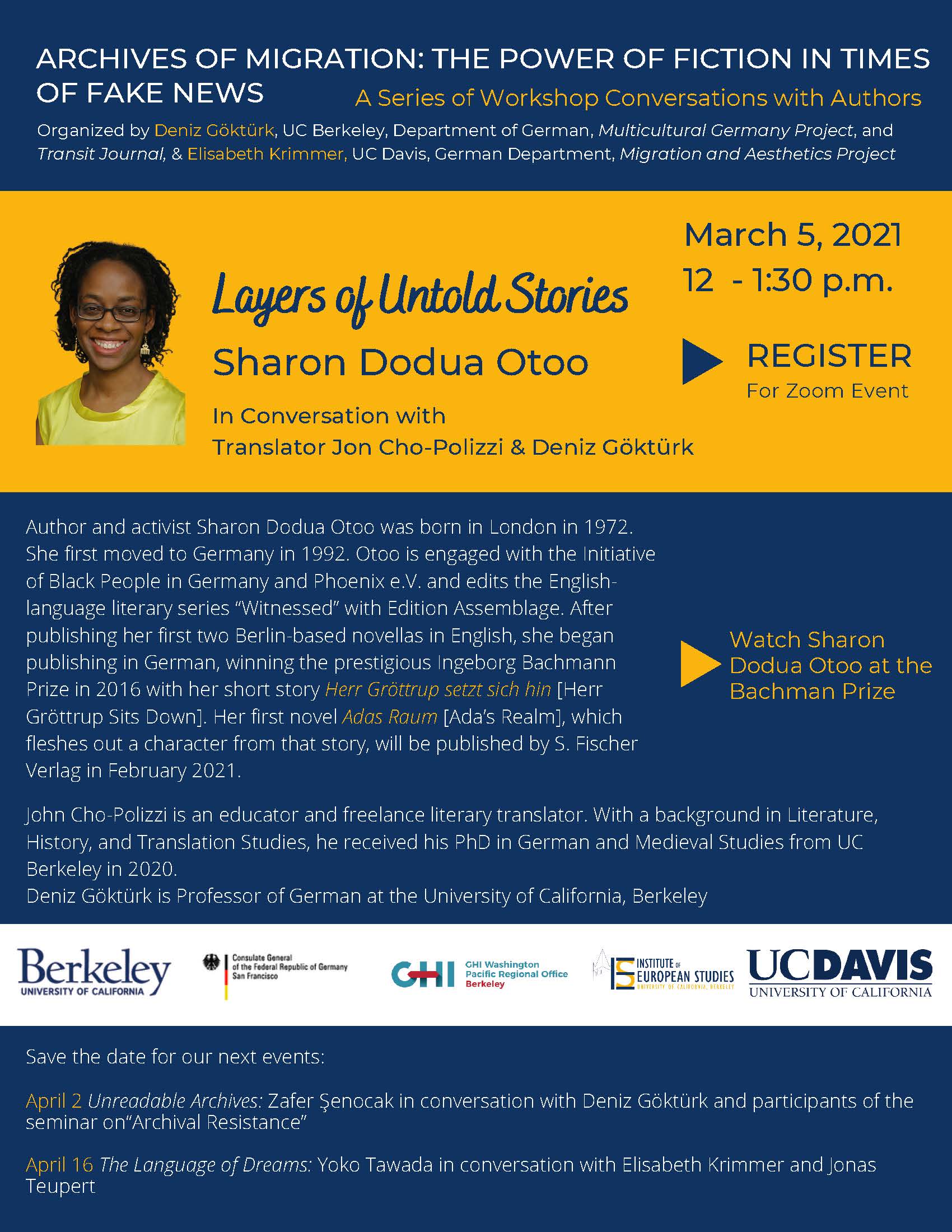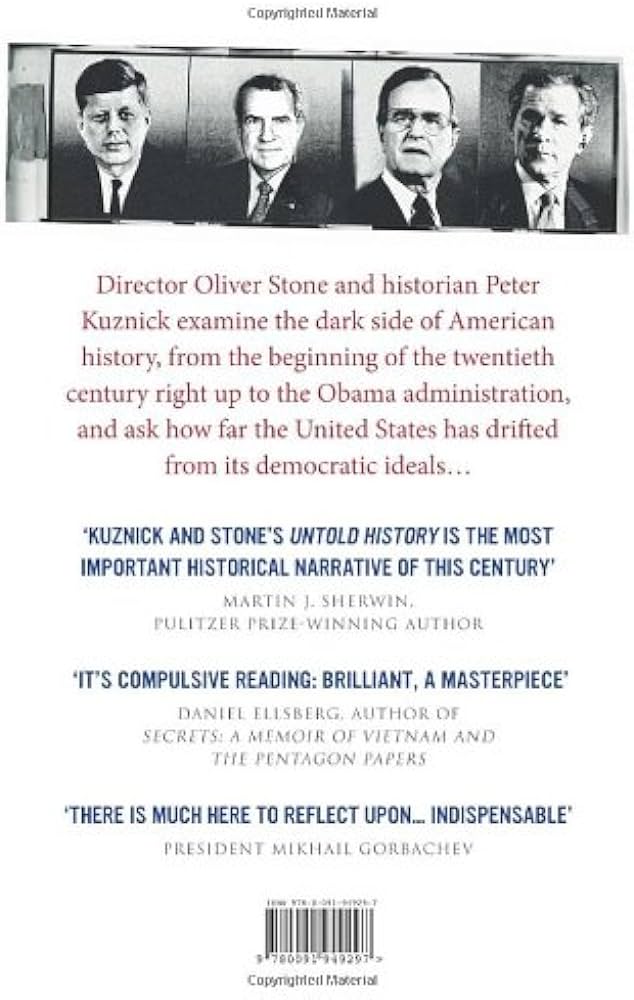Welcome to the captivating realm of comparative medieval history studies, where we embark on a journey of discovery to unveil the intriguing parallels and discrepancies within the medieval world. By delving into the annals of medieval Europe, Asia, Africa, and the Americas, we gain valuable insights into the diverse cultures, societies, and historical events that shaped this remarkable era.
Exploring Medieval Europe
In the heart of medieval Europe, the feudal system reigned supreme, characterized by the hierarchical structure of kings, nobles, knights, and peasants. The feudal lords held vast estates, while the serfs toiled the land in exchange for protection. The medieval period in Europe also witnessed the rise of powerful kingdoms, such as the Carolingian Empire and the Holy Roman Empire, alongside significant events like the Crusades and the Magna Carta.
Uncovering Medieval Asia
Meanwhile, in medieval Asia, dynasties like the Tang, Song, and Ming dynasties ruled over vast empires, fostering remarkable advancements in art, science, and governance. The Silk Road facilitated trade and cultural exchange between East and West, while the Samurai of Japan and the Great Wall of China stood as enduring symbols of Asian medieval history.
Traversing Medieval Africa
Turning our gaze to medieval Africa, we encounter the great civilizations of Mali, Ghana, and Songhai, known for their wealth, scholarship, and architectural marvels. The Swahili coast thrived as a center of trade, connecting East Africa with the Arabian Peninsula and the Indian subcontinent, while the Kingdom of Axum flourished in present-day Ethiopia.
Journeying through Medieval Americas
Across the vast expanse of the medieval Americas, indigenous civilizations such as the Maya, Aztec, and Inca reigned over sophisticated societies characterized by monumental architecture, advanced agricultural practices, and intricate belief systems. The conquests of Spanish conquistadors and the enigmatic tales of the Ancestral Puebloans further enrich the narrative of medieval American history.

Credit: german.berkeley.edu
Comparative Analysis: Identifying Themes and Patterns
By engaging in comparative medieval history studies, we discern recurring themes and patterns that transcend geographical boundaries. The role of religion as a unifying or divisive force, the evolution of trade routes, the impact of warfare and conquest, and the development of cultural and artistic expressions emerge as focal points for comparative analysis.
Diversity and Unity: Embracing Global Perspectives
Moreover, this exploration of comparative medieval history underscores the remarkable diversity and unity that characterized the medieval world. Despite the distinct regional characteristics and historical trajectories, interconnected threads of influence, adaptation, and exchange weave a tapestry of human experience that transcends individual civilizations.
Relevance in the Modern World
Understanding the complexities of comparative medieval history holds immense relevance in the modern world, as it fosters intercultural appreciation, critical thinking, and a nuanced understanding of historical legacies. By recognizing the shared experiences and divergent paths of medieval societies, we gain valuable insights into the dynamics of our globalized world today.
The Future of Comparative Medieval History Studies
As we tread further into the 21st century, the field of comparative medieval history studies continues to evolve, propelled by innovative research methodologies, interdisciplinary collaborations, and digital technologies that enable the exploration of primary sources from diverse regions. The integration of perspectives from archaeology, anthropology, and literary studies further enriches our understanding of the medieval world.

Credit: africana.barnard.edu
Frequently Asked Questions For Comparative Medieval History Studies: Discover The Untold Narratives
What Were The Major Historical Events In The Medieval Period?
The medieval period witnessed several significant historical events that shaped the course of history, including the Crusades, the Black Death, and the Hundred Years’ War.
How Did Medieval Societies Structure Their Social Hierarchy?
Medieval societies were primarily structured as a feudal system, where kings or queens held ultimate power, followed by nobles, knights, and peasants, each with their distinct roles and responsibilities.
What Role Did Religion Play In The Medieval Era?
Religion played a central role in medieval society, with Christianity being the dominant faith. The Church held immense power and influence and shaped people’s lives through religious rituals, moral guidance, and the establishment of monastic orders.
What Were The Major Advancements In Medieval Art And Architecture?
Medieval art and architecture witnessed remarkable advancements, such as the development of Gothic architecture with its pointed arches, ribbed vaults, and stained glass windows. Artists also created masterpieces like illuminated manuscripts and religious sculptures.
Conclusion
In conclusion, comparative medieval history studies offer a rich tapestry of insights into the interconnected yet distinct trajectories of medieval Europe, Asia, Africa, and the Americas. By delving into this captivating field, we embrace a global perspective that transcends geographical boundaries, fosters appreciation for cultural diversity, and enriches our understanding of human experience throughout the medieval era.
Guest Author Sakhawat-Shuvo wrote and edited this Article based on his best knowledge and understanding. These opinions and remarks are not endorsed or guaranteed by epichistoria.com or EpicHistoria. The Epic Historia does not guarantee this article’s content. Readers should verify and use their judgment before trusting the content. Also, the Images used in this Article are the copyright of their Respective Owners. Please use our Comment Box or Contact Us form to report this content. This information is not accountable for losses, injuries, or damages.


